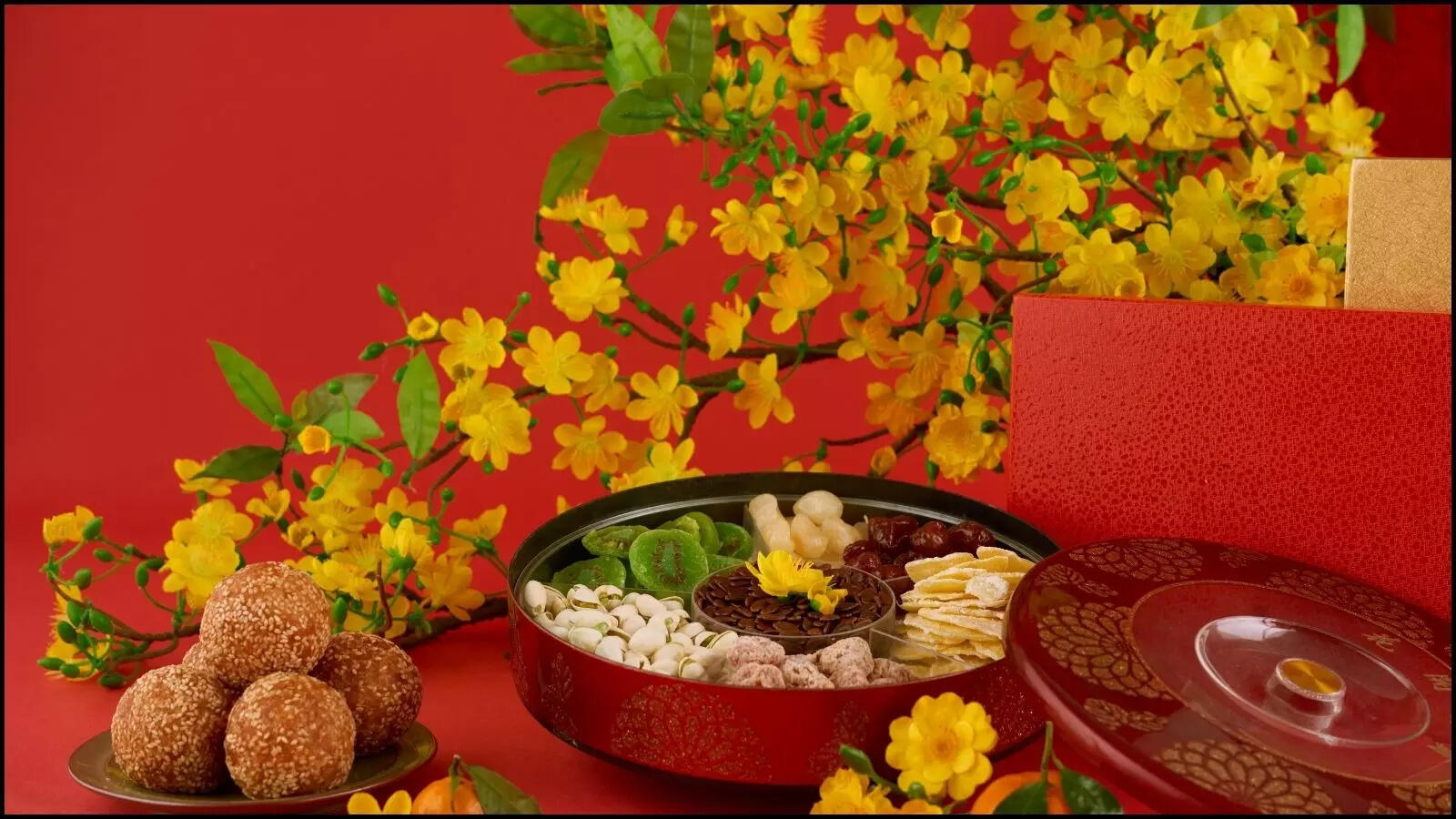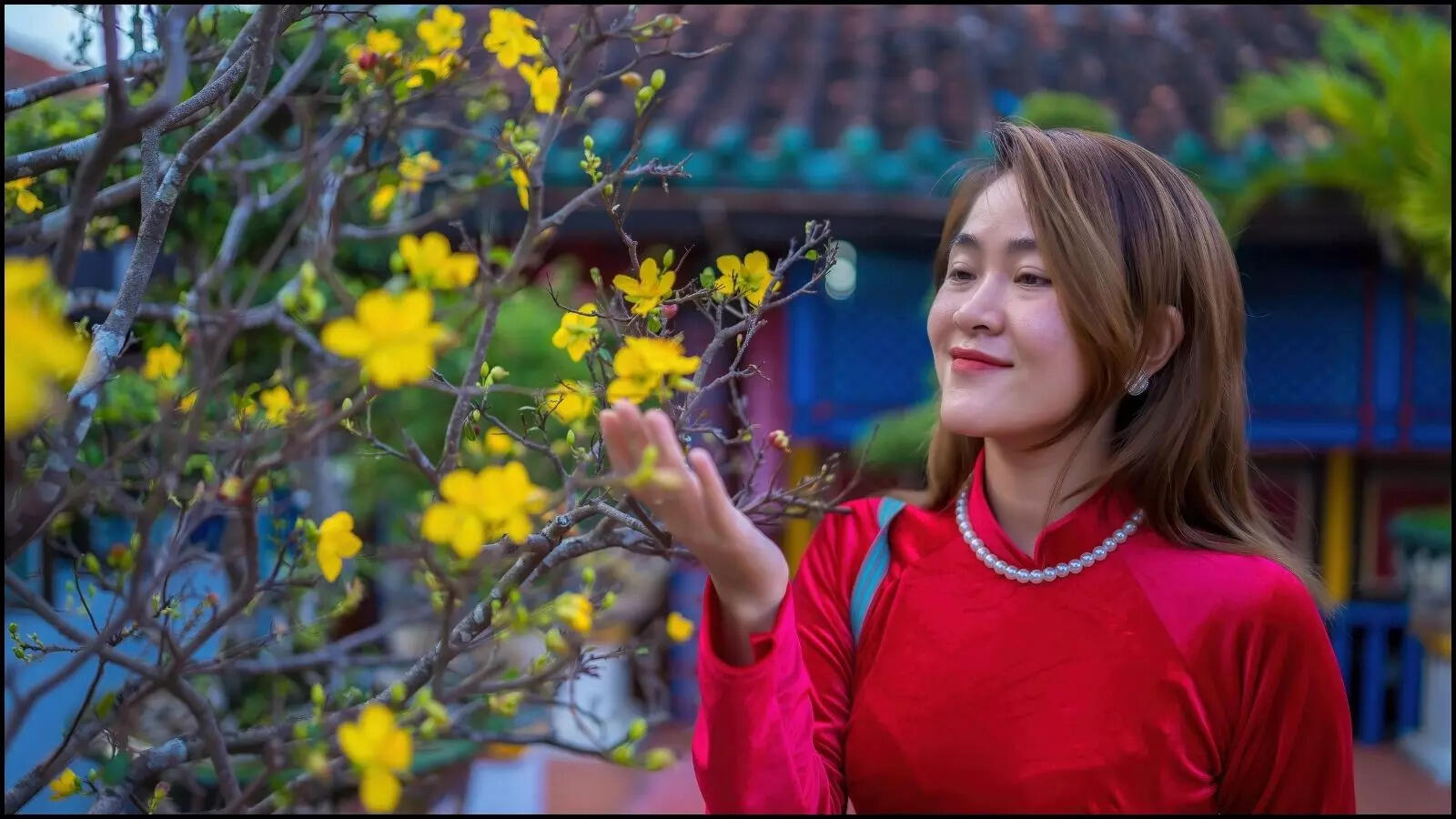Celebrate Tet: Vietnam’s Lunar New Year Across North, Central, And South Regions

Tet, or Lunar New Year , is Vietnam ’s most significant celebration—a time of family reunions, cultural traditions, and heartfelt wishes for a prosperous year ahead. Rooted in ancient customs, Tet marks not only the beginning of spring but also a sacred transition from the old year to the new. While Tet is celebrated nationwide, each region—North, Central, and South—adds its own unique flavor to this vibrant holiday. Let’s explore how Vietnam’s three regions welcome Tet in their distinct yet harmonious ways.
Northern Vietnam: A Tet Rich in Tradition
In Northern Vietnam, Tet is steeped in time-honored customs passed down through generations. Families gather on New Year’s Eve to reflect on the past year and share blessings for the one ahead. On the first day of Tet, it’s common to visit pagodas to pray for health and fortune, as well as to participate in the cherished tradition of “first footing,” where the first visitor to a home is believed to bring luck for the year.

Food plays a central role in Tet celebrations. Northern families meticulously prepare a feast, where each dish represents a wish for prosperity and harmony. The iconic banh chung (square sticky rice cake) takes center stage, symbolizing the earth. Other must-have dishes include steamed glutinous rice, boiled chicken, jellied meat, pickled onions, and fried spring rolls.
When it comes to decorations, peach blossoms reign supreme in the North. Their delicate pink flowers thrive in the cool northern climate and symbolize renewal and happiness. As streets fill with blooming peach branches, the arrival of Tet feels unmistakable.
Southern Vietnam: A Blend of Tradition and Modernity
Tet in Southern Vietnam reflects the region’s warm, vibrant spirit, blending traditional customs with a touch of modernity. For Southerners, Tet is a time to reconnect with family but also to enjoy outdoor activities or travel, embodying their free-spirited nature.
Instead of banh chung, the South celebrates with banh tet—a cylindrical sticky rice cake wrapped in banana leaves. Southern Tet feasts include caramelized pork and eggs, stuffed bitter melon soup, and pickled small leeks, all of which represent the region’s flavourful culinary heritage.

Yellow apricot blossoms, or hoa mai, are the symbol of Tet in the South. These radiant flowers signify wealth, success, and joy. Southerners often buy trees laden with buds, hoping they’ll bloom perfectly as the clock strikes midnight, ushering in a year of fortune.
Central Vietnam: Where Cultures Intertwine
Tet in Central Vietnam beautifully blends traditions from the North and South. The people of this region honor customs such as first footing and grave visits on the first day of Tet, paying respects to ancestors and wishing for peace and prosperity.
Central Tet cuisine is diverse and less formal than in the North. Families enjoy both banh chung and banh tet, accompanied by vibrant pickles made from carrots, papaya, and other vegetables. Unique regional specialties like snow-flaked cake and to cake add a sweet touch to the festive table.
Both peach and apricot blossoms are embraced in the Central region, as its climate accommodates both. This duality reflects the region’s cultural and geographic position as a bridge between Vietnam’s northern and southern traditions.
A Shared Spirit of Tet
Despite regional differences, Tet unites Vietnamese people in its essence—a time for family, gratitude, and hope. From exchanging li xi (lucky money) to preparing feasts and decorating homes with blossoms, the spirit of Tet transcends geography.
For travelers, visiting Vietnam during Tet offers an unforgettable glimpse into the country’s rich cultural tapestry. Whether enjoying the vibrant streets of Hanoi, savoring Southern delicacies in Ho Chi Minh City, or immersing in the charm of Central Vietnam, Tet is a magical time to experience the heart and soul of Vietnam.